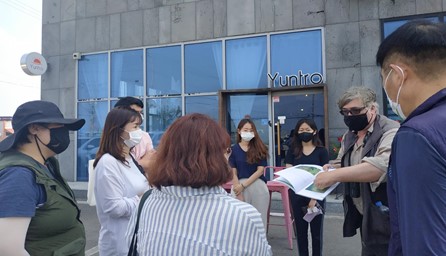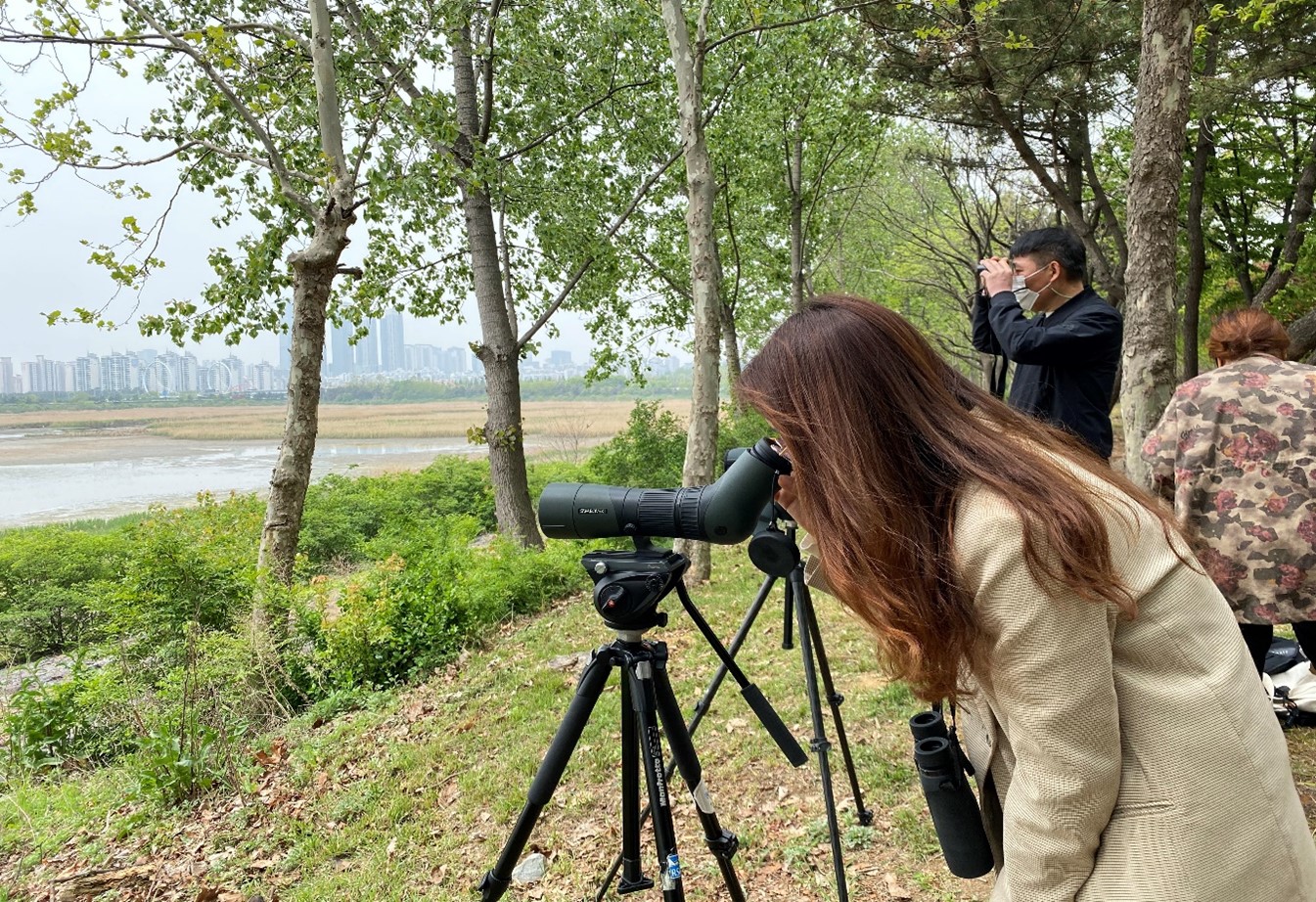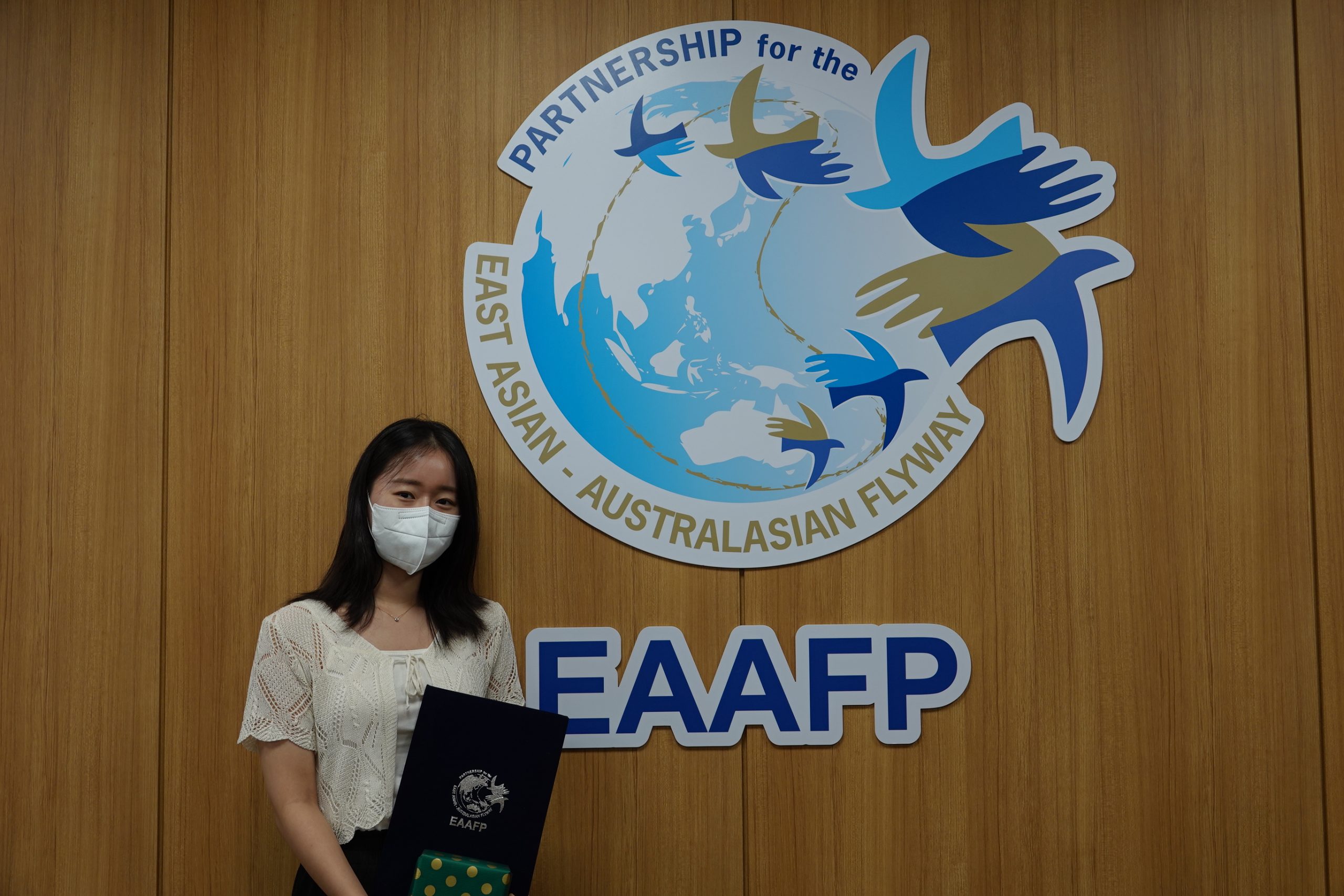In the words of Hyowon Kim
“As a non-environmental related major undergraduate student, I did not have enough academic background knowledge and information about environment such as sustainable development and biodiversity conservation before I worked at EAAFP Secretariat. However, working at the EAAFP provided me not only an opportunity to learn about the importance of protecting migratory birds and their habitats but also provided me a valuable hands-on experience of working at an international organization. Therefore, my 5-months internship at EAAFP Secretariat was full of unforgettable memories and learning experiences.
Working as an Administrative and Finance assistant, I was able to learn the ways to manage the whole system in the organization. When I revised a staff guideline, organized administrative and finance documents, and prepared an information session for the HR/ Administration program, I was able to learn how to make the organization structure more efficient so that employees can easily follow in the future. Also, I was able to learn about how conservation field in the international organization linked people when I was assisted to follow up on the 2021 EAAFP Small Grant Fund (SGF) for Work Group and Task Forces. Lastly, I was able to acquire a practical working knowledge of editing, organizing, and preparing official documents such as a briefing paper when I worked on the 2021 International Conference of the Yellow Sea Peace Forum.
I believe monitoring various migratory birds and habitats was the most memorable moment I have ever had at EAAFP Secretariat. For example, I had a chance to visit Hwaseong Wetlands for domestic business trip with the new site mangers and Dr. Nial Moorse. It was my pleasure to meet many people from diverse backgrounds and communicate with the government officials to learn more about migratory birds such as Eastern Great Egrets, Common Redshanks, Little Ringed Plovers, and Black-faced Spoonbills and learn the history of their habitats such as Hwaseong lake, rice field, and Maehyang-ri mudflat.”







